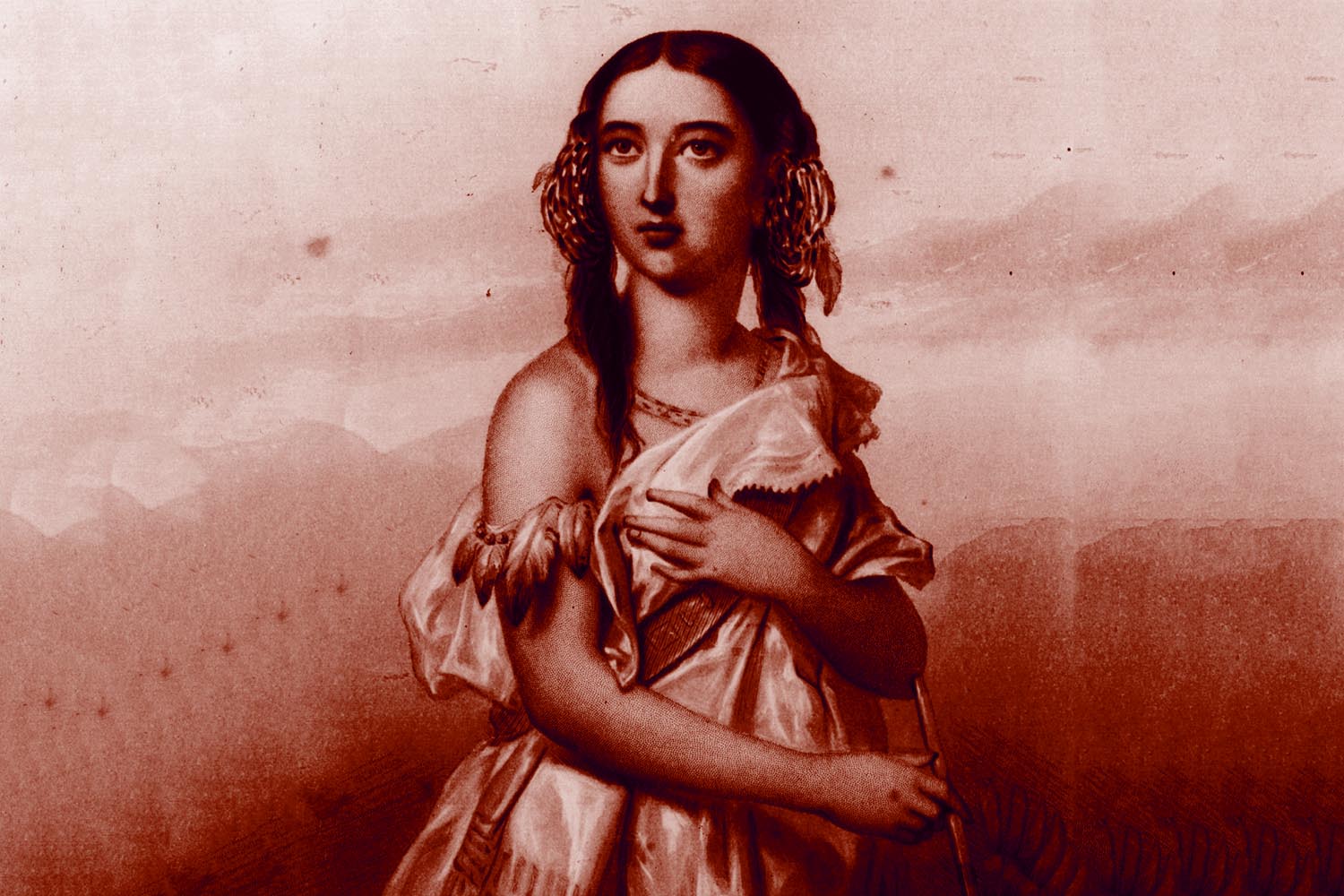
A team of archaeologists found five heart-shaped earns dating back to the 16th and 17th centuries, and they held evidence of present-day heart disease. The urns were decorated with elaborate inscriptions, carrying embalmed hearts of elite-class families.
Heart Disease Found in Ancient Hearts Through MRIs and CT Scanning
Four of the five hearts found were in excellent condition, and there was clear evidence of plaque and atherosclerosis on them. A team of radiologists, forensic physicians, pathologic physicians and physicists from world-renowned centers were also called in. They examined the hearts, first looking at the damage that could be caused by their embalmed state.
Imagine an embalmed heart through an MRI turned out to be too difficult. The teams removed the agent used to embalm the hearts, and ran the scans. The hearts were rehydrated and run through MRIs. One of the hearts showed good conditions, but three had plaque in the coronary arteries.
A Romantically Macabre Tradition
One of the hearts found at the site belonged to Toussaint Perrien, Knight of Brefeillac. His heart wasn’t found on his burial site, though. It was found with his wife, Louise de Quengo, the Lady of Brefeillac.
While it is a macabre thought, it’s a rather romantic notion. This heart was found with it’s ‘true’ owner, in a way. Throughout the 16th and 17th centuries, it was common practice to be buried with a spouse’s heart. It feels fitting of the time, where romance was something equally dark as it was cloying.
Heart Disease Wasn’t Treated As Thoroughly Back Then
The common treatment for heart failure and basic signs of heart disease came in different herbal remedies, including lemon balm, hawthorn and dropsy. In fact, medical examiners started studying heart disease in corpses during the 16th century, and their observations have led us to modern medicine as we know it today.


















